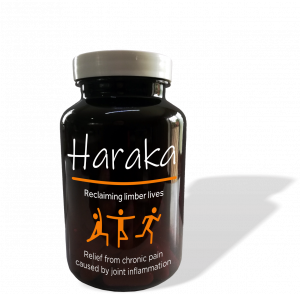Do You Have Arthritis? - A Quick Guideline
If you are still not sure whether you have arthritis or if it’s something else, this simple guideline may help
Situtation 1 - Activities
You did a lot of gardening, playing a sport, or other physical activity over the weekend and on Monday morning, you wake up with really sore leg muscles and your lower back is sore. When you rub your muscles, they are sore and tender.
Likely Condition - Muscle Pain
This is best recognized by tenderness and pain when using the muscle. You get relief with heat or massage. The condition is acute (i.e., sudden onset) and will reduce and stop after a period of time (depending on the extent of the injury).
Situtation 2 - Getting Up
You get up one day out of a chair or out of bed, and feel a hot, sharp, shooting pain – in your foot. Or, as you work at your desk, or even read a book, you suddenly feel sharp pain in the tips of the fingers, or even down the back of your neck.
Likely Condition - Nerve pain due to compression
Nerve pain is best recognized by hot, sharp, shooting pain which radiates to other areas of the body. The condition will remain until the stress on the afflicted nerve cluster is relieved with physiotherapy or other applicable treatments.
Situation 3 - Daily Stiffness
You find that almost every day, you feel stiff or “tight” in one or more joints. When you’ve been bent over for a while, you find it hard to straighten up. Or you can’t stand on one leg easily, while putting on pants. Overall, you are less flexible and realize that for some reason you can’t do something you used to do without thinking. The stiffness then includes pain at times – sometimes made worse when you are active.
Likely Condition - Arthritis
Arthritis is best recognized by chronic stiffness and pain in any joint (may be slight or severe). The condition does not go away – it only varies in the intensity of the pain.
Joint Description
A joint comprises the junction of two bones, the ends of which are covered by a layer of cartilage. The smooth, slippery cartilage allows the ends of the bones to move freely, and it spreads the forces evenly when there is pressure on the joint.
The synovium is the membrane surrounding the joint that produces a small amount of thick fluid (synovial fluid) which nourishes the cartilage and keeps it slippery. The synovium is covered by a tough outer layer (capsule).
Ligaments on both sides of the joint keep the bones in place and prevent too much movement or dislocation.
Tendons attach the muscles to the bones.

